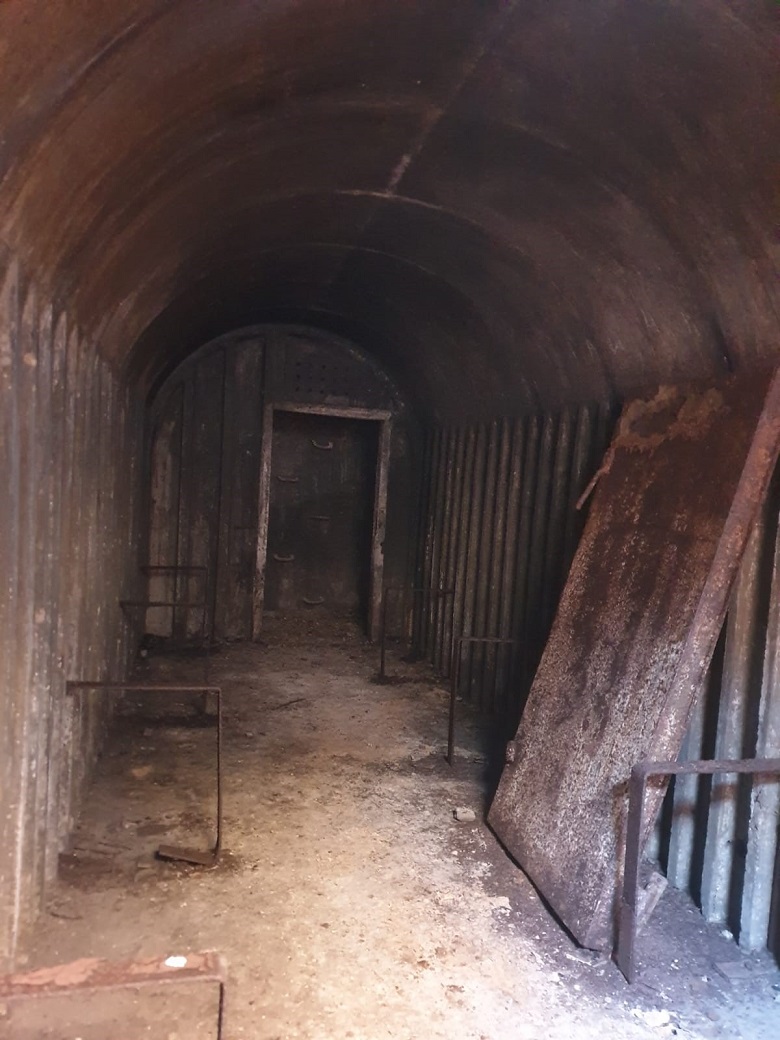Air raid shelter found by engineers
Friday 29th November 2019 12:00

One of the “best-preserved” air raid shelters ever found has been uncovered by Thames Water during its work to tackle leaks in London.
Engineers made the incredible discovery at the bottom of a residential street next to the A4 in Hammersmith while installing trunk main monitoring technology.
The reinforced concrete bunker – seven metres long and two metres wide – would have been big and strong enough to protect several families from the Luftwaffe’s bombing raids during World War II in the early 1940s.
Sealed up and forgotten for more than 75 years, it was completely dry and free from rubble. At one end was a concrete staircase, with an escape hatch at the other. A huge metal door that once provided an extra level of protection had been taken off its hinges and propped up against a wall, which had ‘Marble Arch’ scratched into the surface.
Thames Water’s Dave Axon said finding the shelter at the bottom of Standish Road was “a complete surprise”. He added: “Nobody could believe the condition of it. Normally they’re full of water, rubble or rubbish, or been vandalised, but an archaeologist said this was like opening the door into a brand new one.
“It’s clearly done its job very well, and probably saved hundreds of lives during the war, but we can only imagine the terror that people must have felt as they huddled inside in the middle of the night as bombs dropped all around them.”
Thames Water is currently spending £1 million a day finding and fixing leaks across London and the Thames Valley. The discovery was made while digging down onto the reinforced concrete roof, one metre deep, while attempting to install leak-detection equipment on a 30-inch trunk main.
Patrick Fitzgerald, a Thames Water engineer, said: “We thought it might have been a bit of old road – but turns out it was the roof of the shelter. We couldn’t believe how well it was built, and how dry it was. It was exciting to find it because nobody even knew it was there. It wasn’t on any maps or plans. We must have been the first people down there for more than 75 years.”
It’s possible the shelter might have belonged to Beavor House, a large property that once stood in nearby St Peter’s Road, or the Metropolitan Water Board which ran Hammersmith Pumping Station opposite.
The shelter has now been sealed back up on the advice of Greater London Archaeology Advisory Service (GLAAS), part of Historic England’s regulatory body, and the location marked so it can be preserved for future generations.
